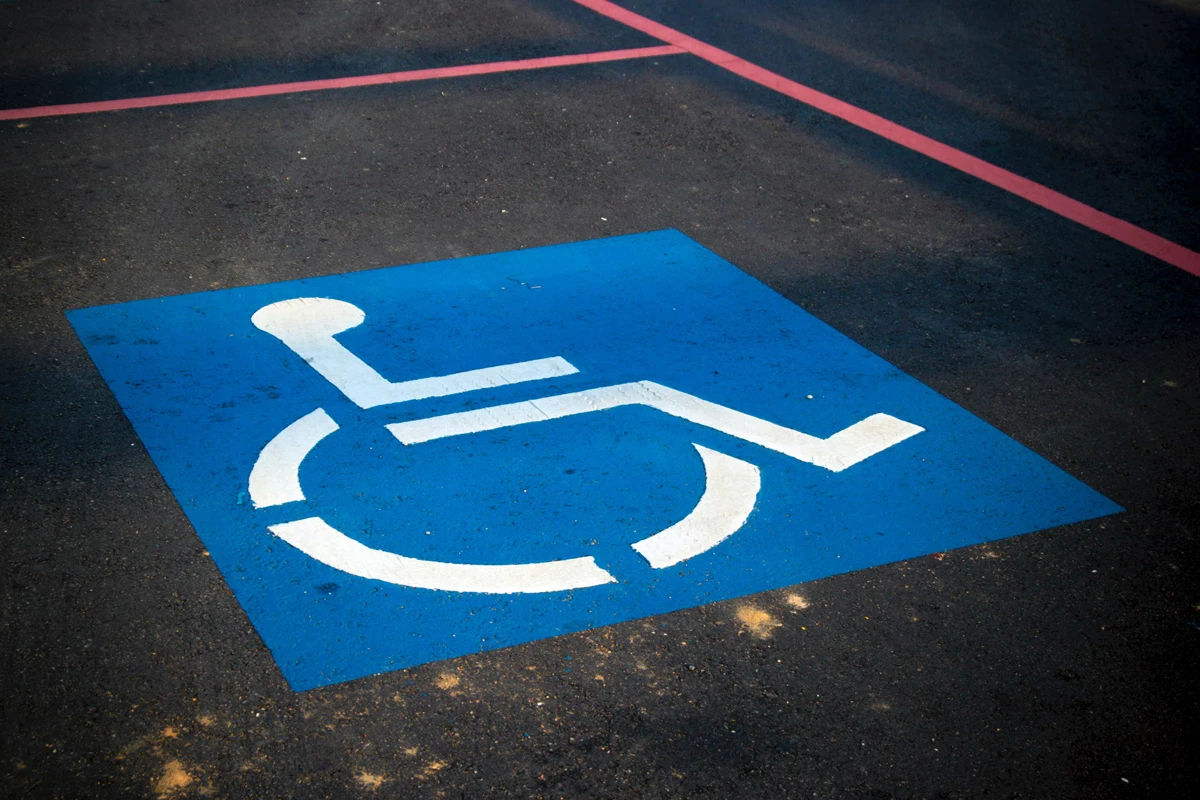22/01/2021 | Category: Commercial Insurance
Motability: pros and cons for dealers

Should your dealership take part in the Motability scheme? The government programme enables people with a disability to use their state benefits to lease a vehicle. What are the pros and cons for your business and how could it impact your motor trade insurance?
What does Motability do?
The Motability Scheme allows people to lease cars using state disability benefits to pay all or part of the lease fees. Certain state benefits, such as higher rate mobility allowance (Enhanced Rate of the Mobility Component of Personal Independence Payment or the Higher Rate Mobility Component of Disability Living Allowance), can be put towards a vehicle rather than paid directly to the person with a disability.
The purpose of the scheme is to enable disabled people to stay mobile without the additional stresses of organising insurance, repairs, servicing and maintenance of a vehicle. Adaptations to a vehicle are included under the scheme at no additional cost.
Vehicles are typically leased for three or five years. The scheme covers leasing costs as well as running costs such as insurance, servicing, maintenance, breakdown cover, tyre repair and windscreen repairs. The car can be insured for up to three named drivers other than the person in receipt of the benefit, so it could be used by carers or family members.
The scheme limits the use of vehicles, for example over a three-year lease only 60,000 miles are permitted. If this limit is exceeded, the disabled person has to make a contribution per mile. Costs such as fuel, oil changes and screen wash need to be covered by the person with a disability.
Car adaptations for people with a disability
Some people using the Motability scheme do not require any adaptations to be able to use a vehicle, but for others modification is required. These can be divided into three categories - controls that enable driving, entering a car and storing a wheelchair.
Driving control modifications include hand controls, electronic assistance with acceleration or left-foot accelerator pedals, steering aids and other pedal modifications.
To access a vehicle, people may need hoists, swivel seats and transfer plates, which bridge the gap between a wheelchair and the car seat. Storing a wheelchair may require a boot hoist, rooftop box or ramps.

An underserved consumer
In the UK, there are more than 11 million people living with a limiting long-term illness, impairment or disability. Mobility impairments are among the most common conditions. More than one in 10 (16%) of working age adults have a disability and the figure rises to 45% among pensioners.
People with disabilities often say maintaining independence and mobility is very important for them, but over a quarter report that they frequently do not have choice and control over their daily lives.
Motability accounts for a significant proportion of the cars sold in the UK each year; in 2017, 21% of all UK sales of cars aged three years were Motability vehicles. Failing to offer Motability in your dealership will mean you miss out on trade from this section of the market.
The benefits of Motability
-
Knowing you are helping people
Perhaps the main thing that attracts dealers to Motability is the feeling of helping people with a disability to stay mobile. Access to a vehicle is very important for people with a disability to live independent, enjoyable lives. By taking part in the Motability scheme, you will be enabling this, which is a truly rewarding feeling. It can help improve motivation for your whole team.
-
Skills development
Dealing in vehicles for people with disabilities takes a slightly different skill set, which is a great opportunity to train up your team and develop them professionally. Tact, sensitivity, good communication - learning to connect with people without being patronising or pushy - these are all important skills which will benefit your general business as well as the Motability part.
-
Low-mileage vehicles
You’ll always find some exceptions but for the most part, used Motability vehicles are low mileage. The scheme covers cars of all types, from SUVs to family cars and executive models. Cars must have a pre-VAT value below £25,000, although people can make a one-off ‘advance payment’ to make up the difference if they wish to have a more expensive vehicle.
-
Low auction prices
Motability cars can often be purchased at very reasonable prices at auction, meaning there is scope to make healthy profits when running the scheme. The lower price is because vehicles may have modifications or wear and tear that would deter drivers without a disability from buying the vehicle.

The downsides of Motability
-
Wear and tear
Motability vehicles can show wear and tear quite rapidly. Depending on the nature of the person’s disability, this might mean scratches and dents where a wheelchair has been put in and taken out - particularly in the boot area. Door panels may become scratched and worn, while front seats often show signs of wear in the lumbar or reclining part of the seat faster than you would expect.
-
Damage left from modifications
If a vehicle has been modified, this can leave holes and stress points once the modification parts have been removed, for example around foot pedals and the steering wheel. Footwell carpets are also often excessively worn or ripped. If you wish to sell a modified car outside of the Motability scheme, you will need to remove modifications, which will cost money and eat into your profits.
-
Low mileage can be deceptive
Motability vehicles often show fewer miles on the clock, but this does not necessarily mean they will be problem-free. As with any car, you need to do full checks to make sure you do not buy a faulty vehicle and make sure your motor trade insurance covers any vehicle you purchase.
How do you identify a Motability car?
Technically, the car remains the property of Motability rather than the person with a disability, because it is leased to them instead of them owning it. This means the vehicle V5 should show the registered owner as Motability, rather than the person with a disability.
If you need quality motor trade insurance for your business, get a quote from Insurance Choice today.
